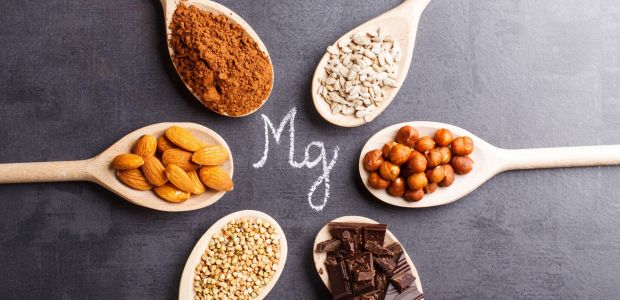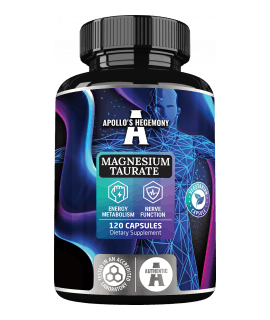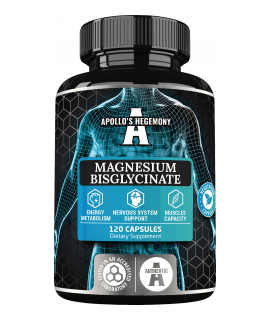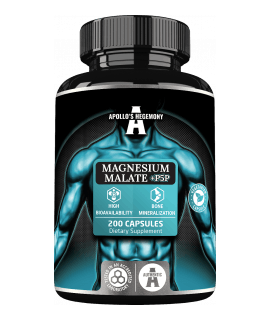Magnesium is one of those minerals that become the biggest problem when it comes to providing it with natural food. According to research, around 85% of people in Poland have significant shortages of magnesium. These deficiencies are often associated not only with worse disposition at work, school or training, but also affect our health. They cause a significant increase in the risk of such diseases as ischemic heart disease, arrhythmia, asthma, osteoporosis or hypertension. In this situation, it is therefore worth finding out which products contain the most of this mineral.
Characteristic
Magnesium is a relatively poorly digestible mineral. Its absorption in the human body ranges from 15 to 40%. It depends on the type of food, medication or external factors used when breeding its sources.
Magnesium along with calcium and vitamin D3 is the basic bone and tooth builder. It is recommended that its dietary calcium ratio is 1: 2.
The basic role of magnesium in the body includes:
- Proper regulation of the nervous system
- Cardiovascular function
- Building bones and teeth
- Significant influence on the course of pregnancy
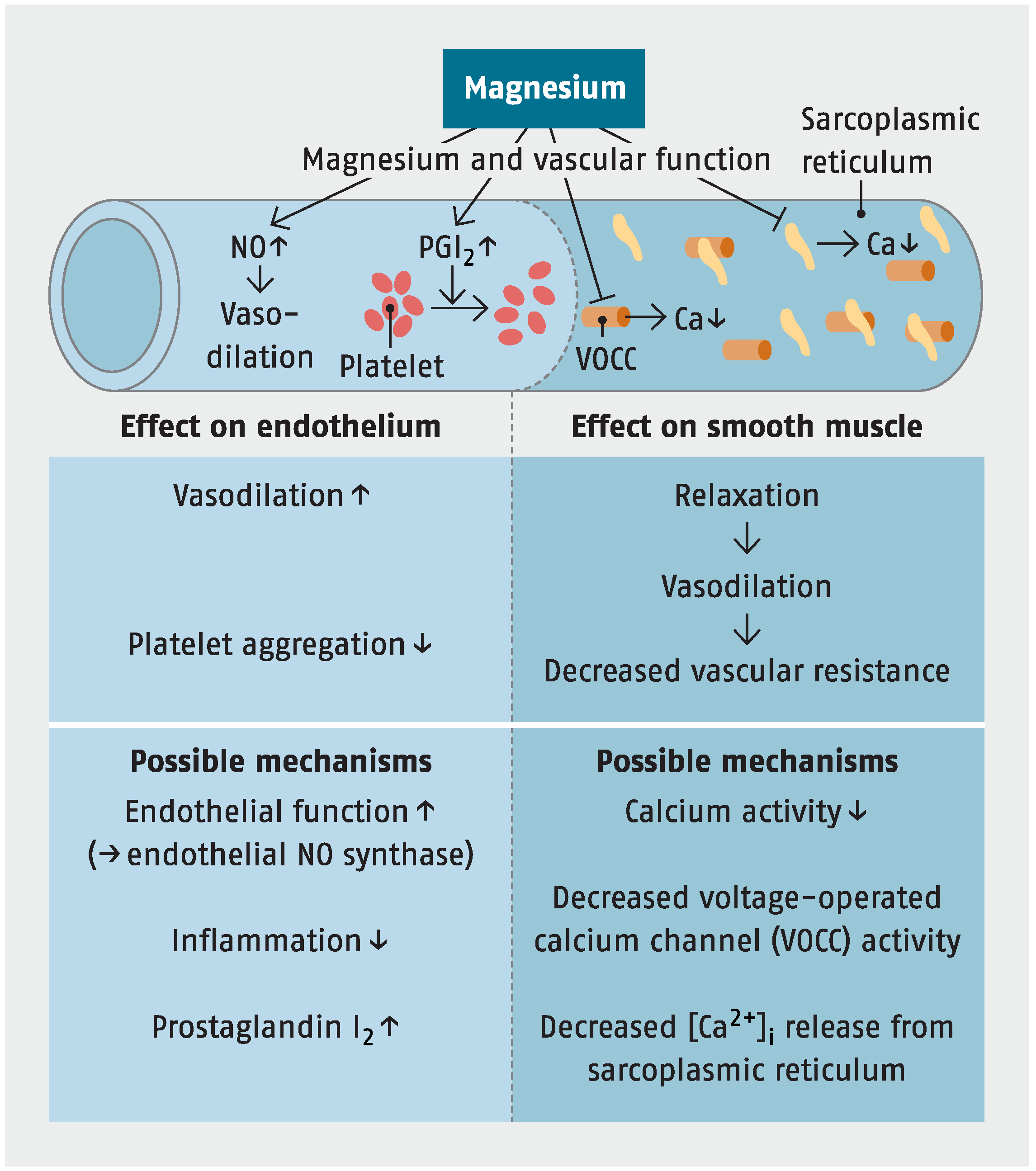 Magnesium and vascular function. Source: https://www.mdpi.com/2072-6643/7/9/5388/htm
Magnesium and vascular function. Source: https://www.mdpi.com/2072-6643/7/9/5388/htm
Sources in the diet
Buckwheat - Although 100 grams does not contain the highest amount of magnesium, it is much easier to eat 100 grams of buckwheat than cocoa, pumpkin or bran. The amount of magnesium in buckwheat is 231 mg. This is one of the products that should definitely be included in our diet.
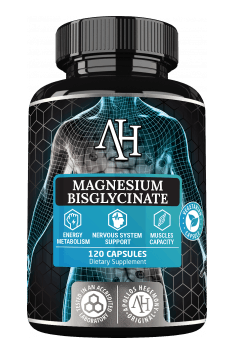
Highly mineralized water - the amount of magnesium in 1L of highly mineralized water ranges from 100 to 200 mg. This should be the primary source of fluids in the diet, especially for physically active people.
Pumpkin seeds - dried pumpkin seeds contain as much as 262 mg of magnesium. It is worth adding them to your meals, but keep in mind that they are also a source of fats and, above all, omega 6 fatty acids, the amount of which we should be careful with.
Cocoa - natural cocoa is a very good source of magnesium. It contains 499 mg of it. However, it is important to remember that the amount we use for sweet meals is usually around 10-15 g.
Bran - contains a huge amount of magnesium - 611 mg. The situation is similar to cocoa. The amounts used as a meal supplement are small, so it is hard to treat them as a good source of magnesium. In addition, they contain large amounts of phytate, which have a negative impact on the absorption of minerals.
Almonds – They contain around 286 mg of magnesium. Like bran, it also contains phytates. Therefore, before they are eaten, they can be soaked in water, e.g. with lemon juice.
Brazil nuts - they are even a better source of magnesium than the above mentioned almonds. Its quantity is 376 mg. They are also a great source of selenium - 1917 ug, which gives up to 2739% of the daily requirement for this mineral. For this reason, we should be considerate with their consumption.
Oatmeal - contains 177 mg of magnesium. Like buckwheat, eating 100 milligrams is not usually a problem for most people. They are also a source of phytic acid, so it’s worth soaking them in water the day before.
Summary
Magnesium plays a vital role in the human body that it is important to pay close attention to the proper delivery of it along with food. If you are physically active or deficient, consider supplementing with malate, citrate or magnesium in the form of a chelate.
